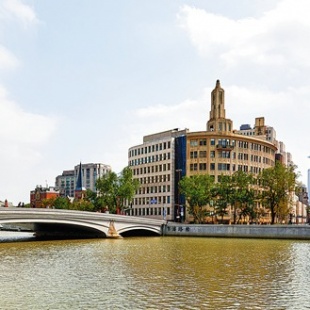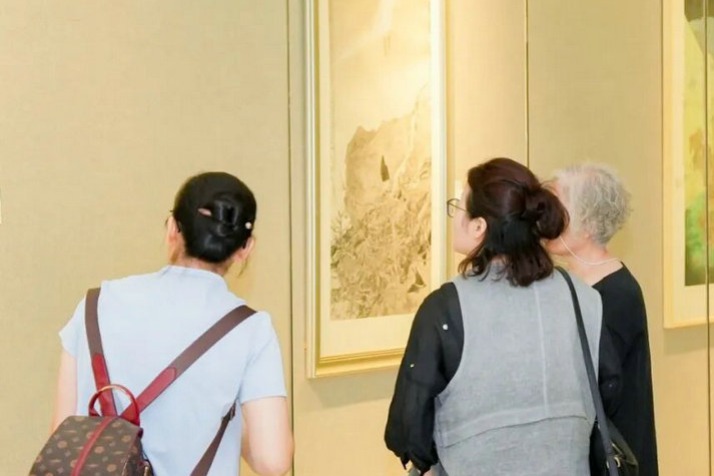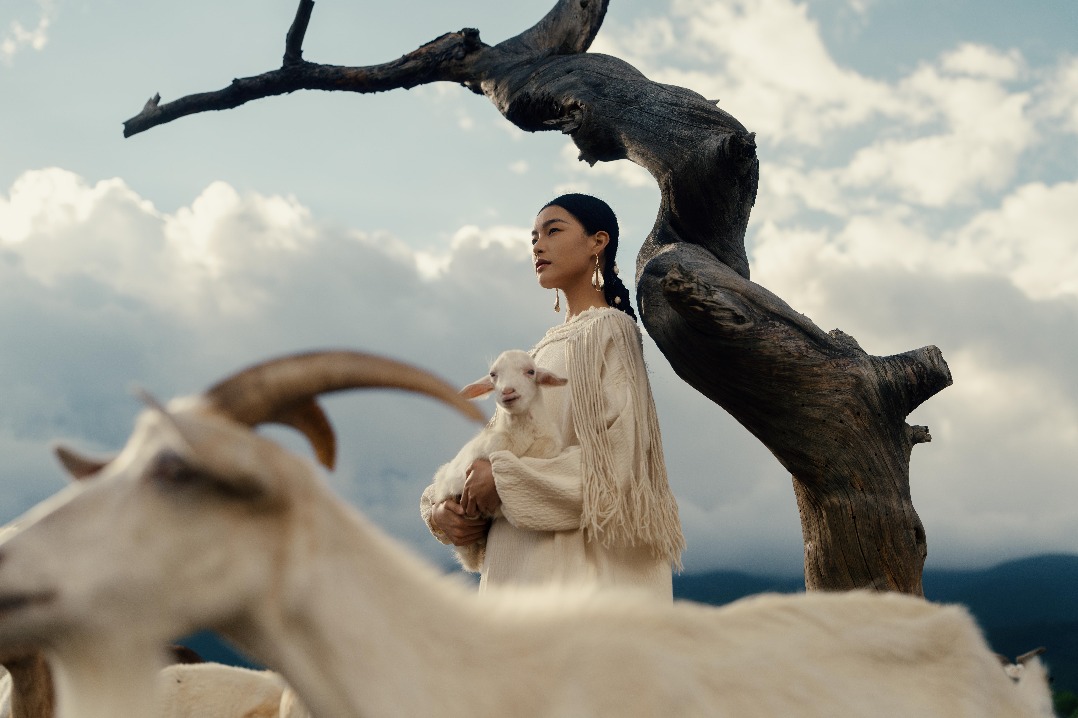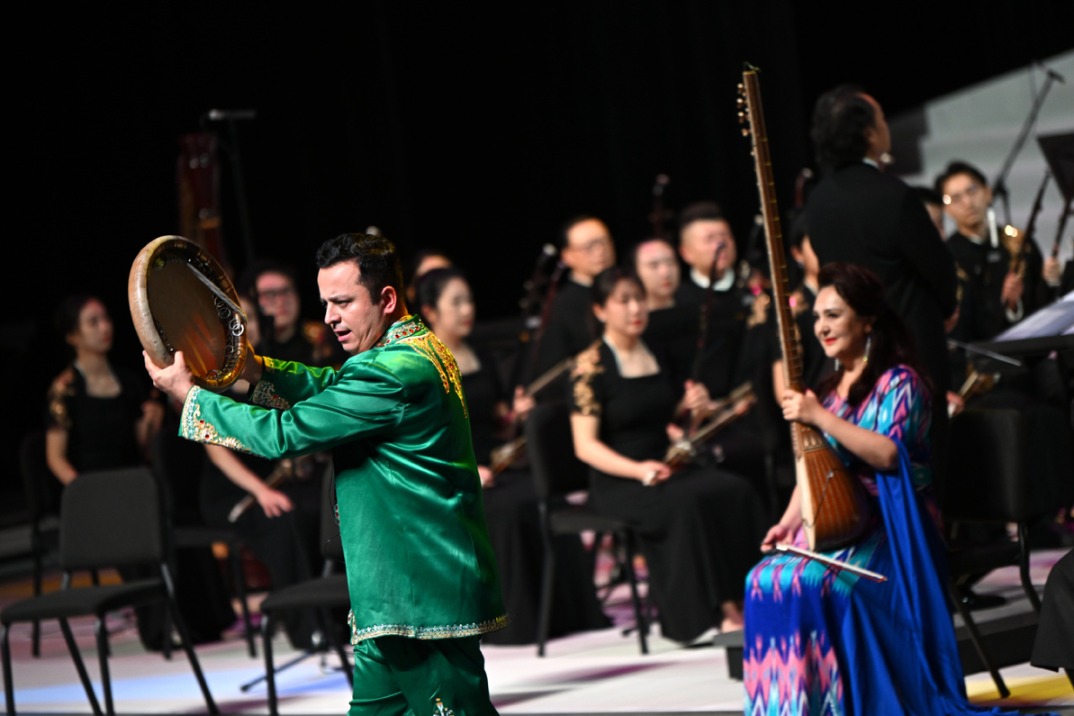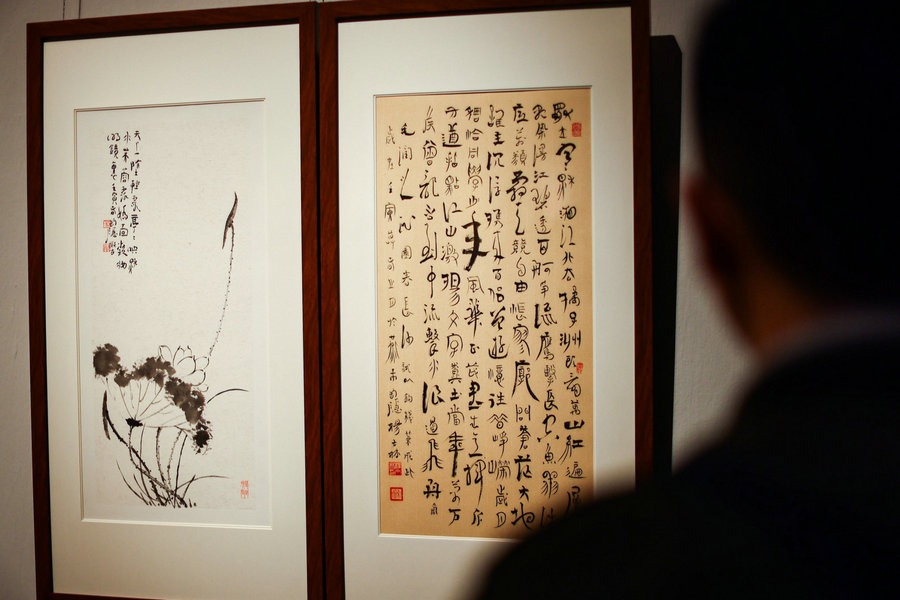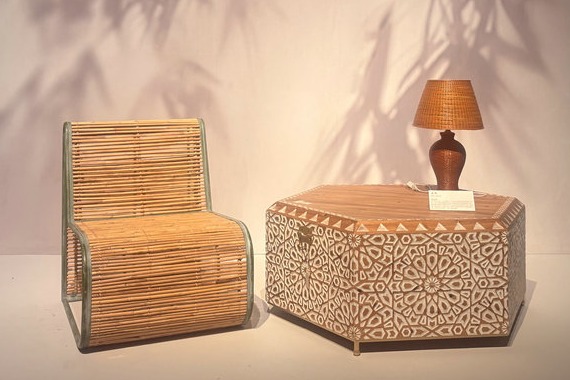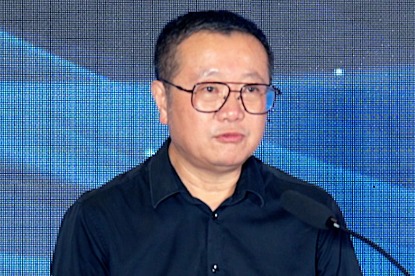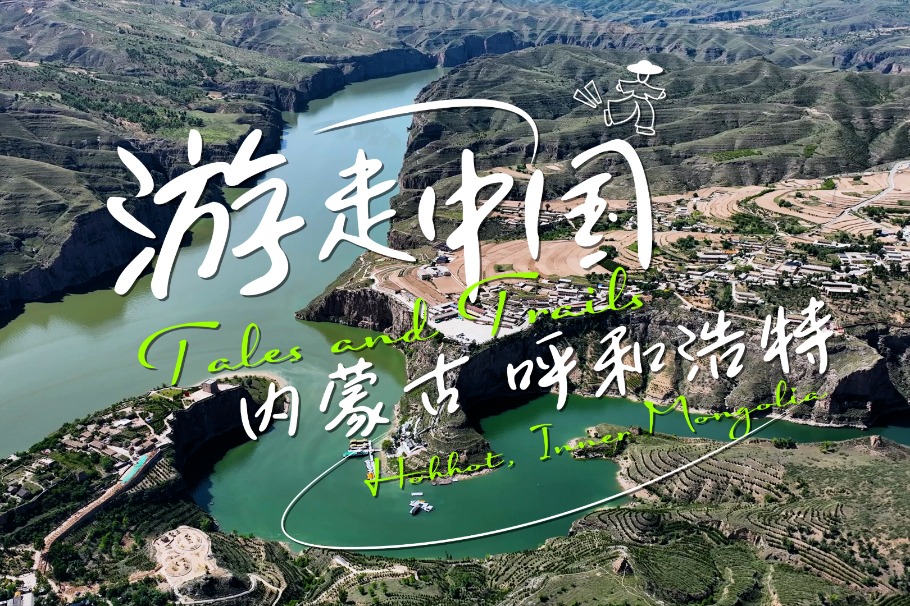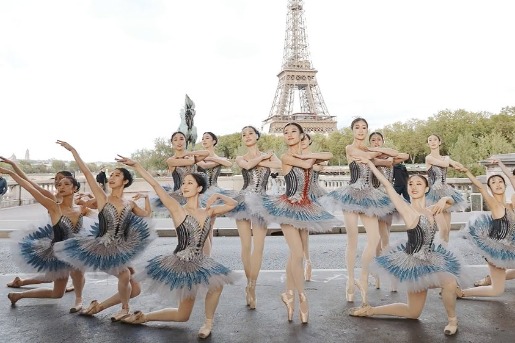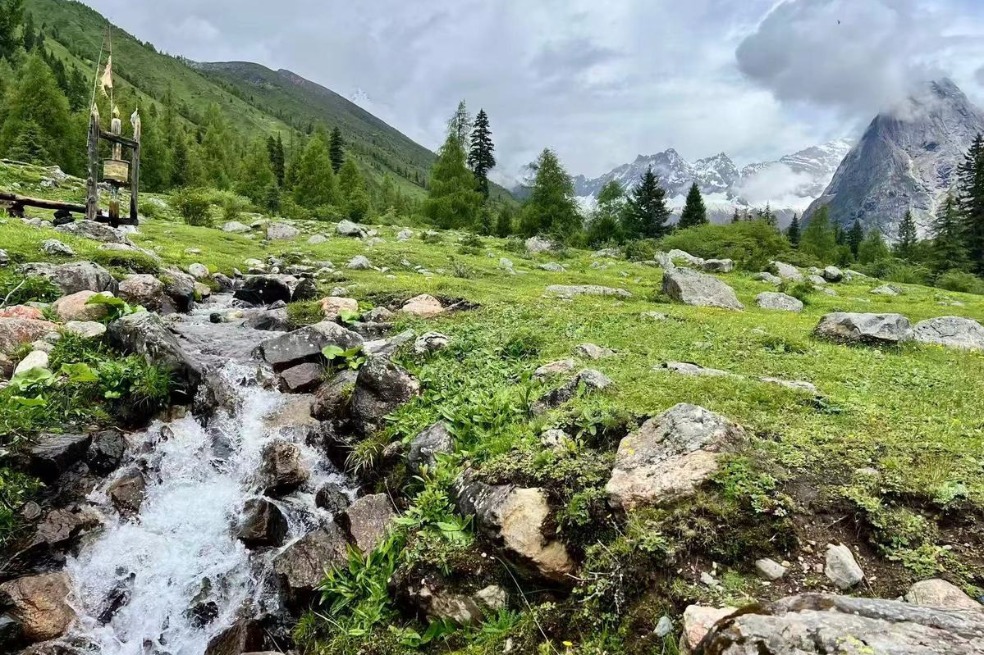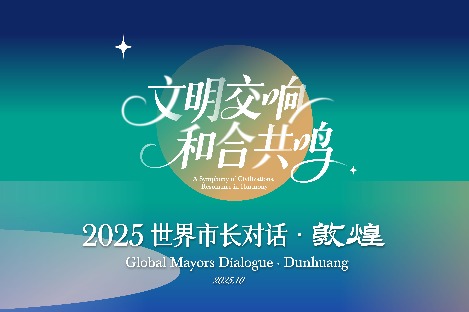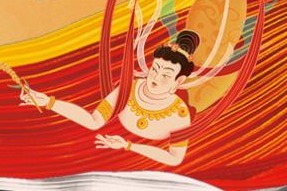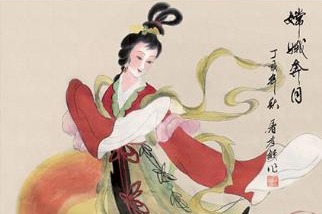A looking glass into the past

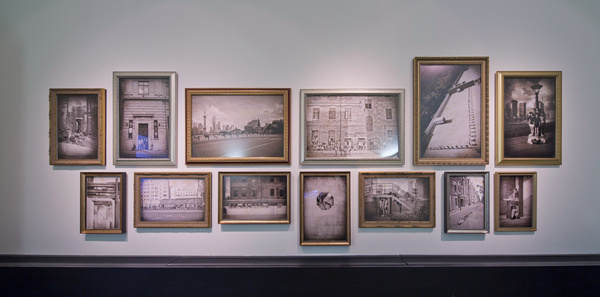
An ongoing exhibition showcases the transformation of Shanghai's Bund area over the decades, Zhang Kun reports.
An exhibition titled Reminiscence: 9 Latent Episodes Behind the Bund is now on at the Rockbund buildings. The Rockbund project has been going for more than 10 years and involves the restoration and refurbishment of 11 historical buildings, the construction of five new ones and the redesign of a structure built in 1897, all located between the Suzhou Creek and Nanjing Road East. When the project is completed in the second half of 2022, several outdoor public spaces will also be opened, and the area will be reintroduced to the public as a new commercial and business center.
The Rockbund and the entire Bund area "mark the birthplace of modern Shanghai and witnessed the evolution of the city", says Shi Hantao, a researcher and curator of photography and contemporary art in Shanghai, who was invited to curate the exhibition that tells stories about the Bund and the city.
"From the early exploration, adventure and struggles of the city's residents, to the socialist transformation, and then the revival and reconstruction of the city over the past 40 years, time and history have been the water running through Shanghai. The tides and waves going up and down are stories of innumerous people and their lives full of ambition, vitality, confusion and disillusionment, as well as greed and hypocrisy," Shi writes in an introduction to the show.
For the exhibition, Shi brought together nine artists and scholars. Among them are veteran photographers who have faithfully documented the changing landscape of the city, multidisciplinary artists who have combined text with pictures and installations, and researchers who have unearthed the unsolved mysteries of the city's past. The exhibition takes place in the four old buildings within the Rockbund, starting with the YWCA building, a nine-story art deco structure built in 1933 that was once used as the office of the China Young Women's Christian Association. Madame Soong Mei-ling used to work as an English teacher there.
The works of Xu Ming, founder of Urban Archaeology, an independent research group on Shanghai's history, are presented on the third floor of the YWCA building. Stepping into the exhibition hall, one is faced with an old photograph of Shanghai's landscape that was taken around the same location where visitors stand today. Looking out of the window, one can still recognize some of the historical establishments captured in the image.
Another exhibit is an animation based on a map of Shanghai in 1939.The original map was created by Japanese artist Kaneko Tsunemitsu, and Xu believed "it is the most exquisite of all existing illustrated maps of the city from that period". On this map, visitors can see vivid details of the landscape, with highlights such as the Broadway Mansion, the Race Course and the railway that connected Shanghai and Nanjing. Many of the buildings are no longer in existence and this is exactly why the map is a rare and valuable subject for historical studies.
Xu adds to the image animated sailboats on the Huangpu River, trains on the railway track, smoke rising from dense factories, as well as small planes in the sky.
Also on exhibition at the YWCA building are more than 150 photographs by Shen Zhonghai. An architecture journalist, Shen has been following the Rockbund project for more than 12 years.
"I've recorded many other projects of urban renewal and reconstruction, and the Rockbund best embodies the characteristics and spirit of Shanghai," he says.
Most of his pictures show the drastic changes in Shanghai's landscape and document important events such as renowned artist Cai Guoqiang's first solo exhibition at the Rockbund Art Museum in 2010.Some of his most striking works are those depicting the people who worked on the construction sites of the Rockbund. Young and old, men and women, their laboring forms, heartful smiles and coarse hands set against the debris leave a strong emotional impact on visitors.


